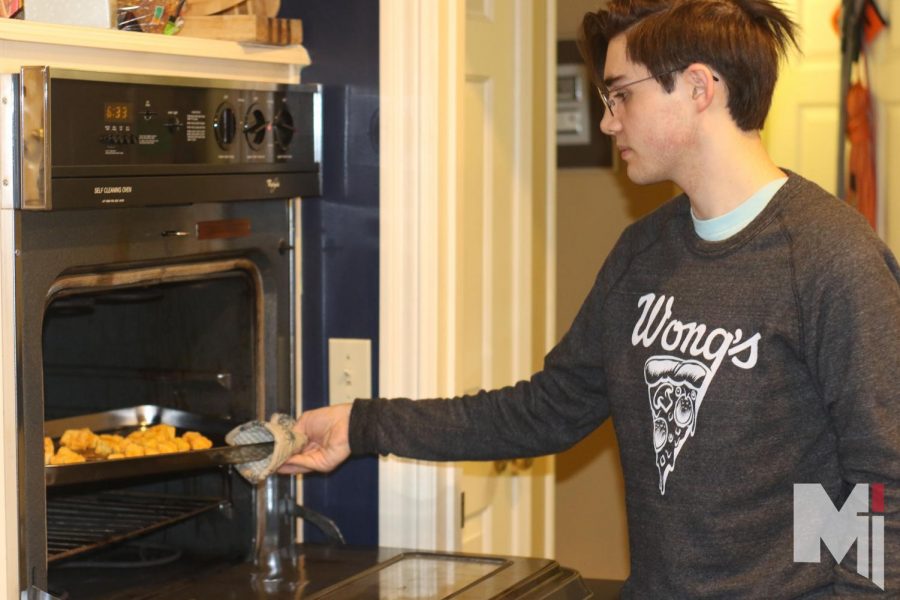Food Frenzy: Students explore eating habits
December 9, 2021
Beef, steak, chicken and pork, these are all foods senior Selma Figge-Tirado didn’t try until she was 3 years old. Figge-Tirado has continued this lifestyle into her teenage years. According to The Vegetarian Resource Group about 3% of the youth in the U.S. is vegetarian and 1% is vegan.
Figge-Tirado represents part of the 13% of students who have an alternative food style, according to a recent survey of 170 students.
Figge-Tirado has been a vegetarian since she could eat solid food. Figge said she initially became a vegetarian because of her love for animals.
“I really love animals and just thought it was really cruel that people eat them and [I see] them as equal as humans,” Figge-Tirado said.
Unlike Figge-Tirado, junior Lily Sumstine transitioned from a vegetarian to a vegan diet in 2018 due to health reasons.
“I was a vegetarian for a few years starting in 2016, but I didn’t really eat eggs at all and I’m super lactose intolerant,” Sumstine said. “So I was like, ‘might as well just go vegan.’”
For senior Lola Wrigley being a vegetarian introduces new things. Different types of food have been introduced to senior Lola Wrigley.
“I really like to try foods,” Wrigley said. “I’ll try new stuff when it’s in front of me, especially if it’s a special occasion.”
Trying new foods is not the only thing students benefit from in their food journey. Sumstine said she hasn’t been ill since 2016 when she became a vegetarian.
“I have more energy too,” Sumstine said. “I just feel better about myself because I’m not putting bad stuff in my body.”
For senior William Vani, his interest in becoming a vegan began with the goal of losing weight.
“I was vegetarian for two weeks because of the new year and I did that because of health,” Vani said. “Then I started thinking more and more about moral reasons and then it happened naturally.”
Although transitioning to different food styles can be difficult, senior Graham Spearman partners with a family member.
“My dad and I [are keto] together because we both lift together,” Spearman said. “He does all the cooking in the house, so he’ll tell me what we’re having for dinner. It’s usually a lot of high proteins and fats.”
Having food that is accessible to their diets proves to be easy for students in their own kitchen. For Vani some restaurants have restricted options for vegans, eating out isn’t a struggle.
“I usually look at the menu before I go to places just to see if they serve things I can eat,” Vani said. “If I am at a place and they don’t, I try to think of ways that I could get a different meal.”
At school, the cafeteria provides options for standard and alternative diets. Some students with alternative diets bring their own lunch while others buy a lunch.
“I get the french fries,” Figge-Tirado said. “I can still eat a lot of the same things that the school will serve.”
Among students with alternative food styles, different foods feed into their cravings, which according to Vani, is not an issue for him.
“There are alternatives for everything,” Vani said. “There is nothing that tempts me like that.”
With her food style, Sumstine hears different types of responses from others.
“Usually the reaction that I get from people it’s like 50/50,” Sumstine said. “Sometimes people are like, ‘Oh that’s gross’ or like, ‘Oh that’s cool’ but there’s not a person I know that I’m close to that dislikes me for it.”
According to Figge-Tirado, alternative eating habits produce positive effects on the environment, animals and people’s wellness.
“Even just going vegetarian can have serious effects on the environment,” Figge-Tirado said. “You should really just value [animals] enough to not eat them. Because they’re adorable, and they have feelings too.”







